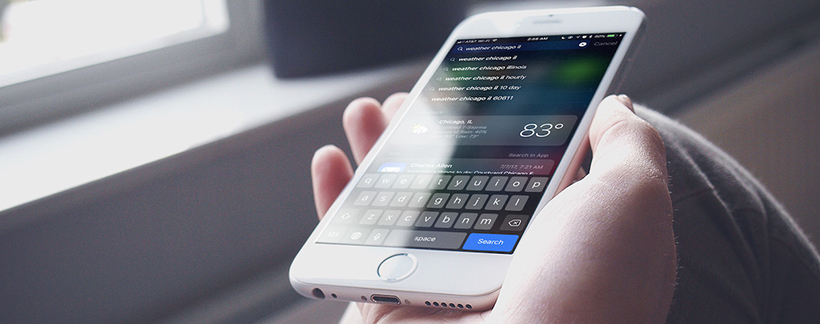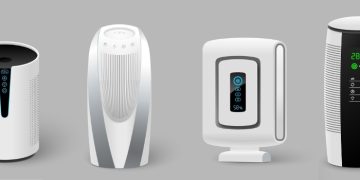The number one reason why people invest in WiFi temperature sensors is the reliability. No other type of sensor can provide such a good balance between ease of use and practicality, all while taking up as little space as possible inside the room at all times.
With a WiFi temperature sensor, you get real-time temperature and humidity readings and updates sent straight to your smartphone or computer throughout the day, which is a lot more practical than having to read regular, static sensors.
That said, let us take a look at the ten best WiFi temperature sensors the market has to offer at this point in time to gain a better understanding of what’s out there.
Here Are the Best Wifi Thermometers Reviews:
10 .Inkbird C929 Smart Digital WiFi Temperature Controller
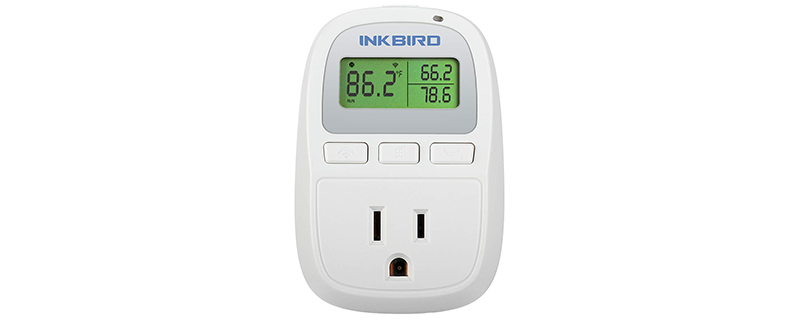
Designed to support both Android and iOS operating systems, the Inkbird C929 Smart Digital WiFi Temperature Controller can be used via a 2.4 GHz Wi-Fi router which helps in accurately monitoring temperature and humidity levels.
Featuring 2 functions including a heating and cooling mechanism, this device allows you to select the required temperatures based on your comfort. It also comes equipped with a temperature limit alarm that allows you to set the temperature limit to high or low. Made from durable materials, it features a simplistic plug-and-play design that supports both °C/°F modes and is compatible with a 2.4 GHz WI-Fi router.
9 .pp-Code WiFi Temperature and Humidity Sensor
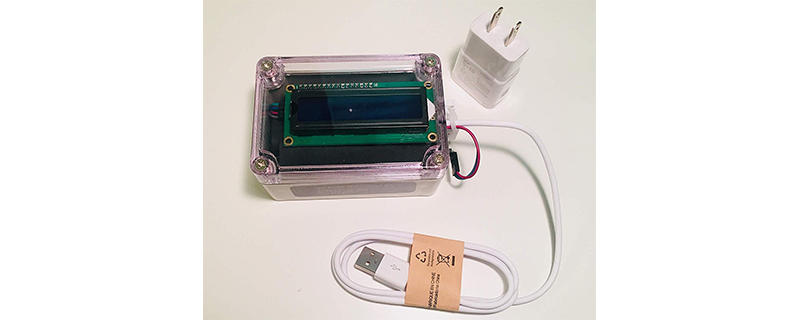
Known for its efficiency, durability, and quality, the pp-Code Wi-Fi Temperature and Humidity Sensor is a premium-grade device that is built for measuring temperature and humidity levels around specified areas. Delivering instant alerts if any changes are experienced, this device will send emails or SMS alerts to your smartphone, tablet or PC to notify you of the change.
Unlike most temperature sensors, this device features an advanced Party-Detect feature which can count the number of people present. Compatible with 2.4G Wi-Fi routers, it delivers temperature measurements in Celsius or Fahrenheit and is ideal for use in homes, attics, barns, garages, tech rooms, RVs, storage rooms, remote sites, vacation-rentals and more.
8. Govee WiFi Digital Indoor Outdoor Temperature Humidity Sensor
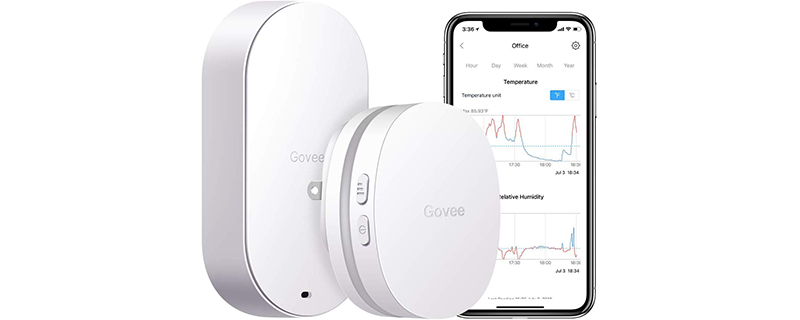
The Govee WiFi Digital Indoor Outdoor Temperature Humidity Sensor is a uniquely designed device that delivers accurate indoor and outdoor temperatures. Easy to operate, this sensor comes with a monitor that connects to your Wi-Fi network to monitor the humidity and temperature levels while delivering quick results directly to your phone through the Govee Home App.
Engineered to connect at up to a total of 328 feet, it enables you to keep a track of the temperature and humidity around your home at all times. Featuring a data storage function, it can store up to 2 years of data which can be forwarded to your email via the app. Made from high-grade materials, it features an inbuilt Swiss-made SHT30 sensor that produces precise information.
7. Proteus AMBIO - WiFi Temperature Humidity Sensor
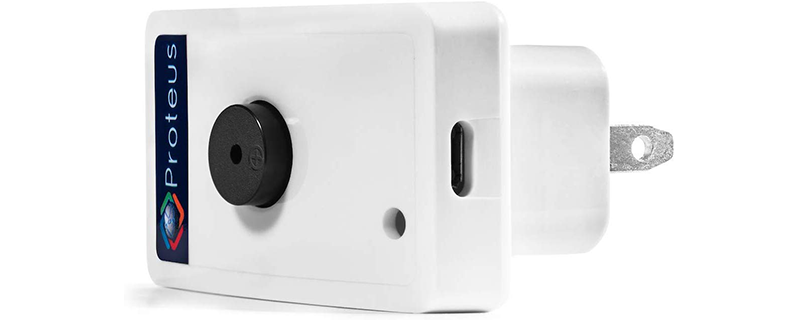
Easy to operate, the Proteus AMBIO – WiFi Temperature Humidity Sensor connects to any home or office wifi network without the need for any hub or gateway. Designed to measure the surrounding temperature and humidity levels, this device instantly sends alerts via emails or text messages to your smartphone or smart device.
Easy to set up, it can be placed on the wall or on a tabletop and plugged into any wall outlet. Featuring a heavy-duty sensor that sticks out 3 inches away from the device, it helps with highly accurate measurements at all times.
6. Google T5001SF, Nest Temperature Sensor
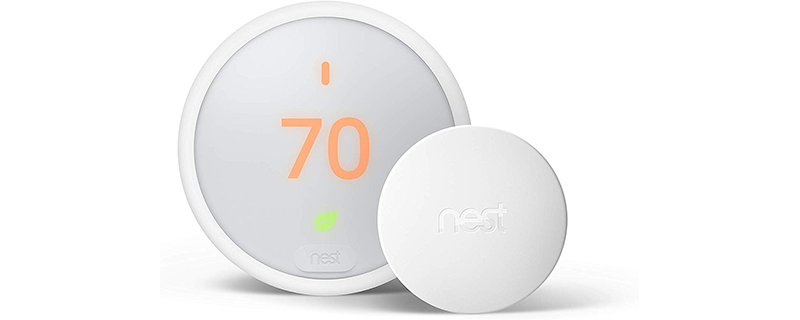
Available in a pack of 3, the Google T5001SF, Nest Temperature Sensor is a well-built temperature control unit that ensures your room temperature is maintained at all times.
Designed with specialized sensors, it can be placed in different rooms inside your home, while giving you the option to choose the temperature of each room as per your comfort level.
Thanks to its unique design, it can be placed on the wall or shelf and is compatible with Google Nest Thermostat E and the Google 3rd gen Nest Learning Thermostat.
5. SwitchBot Thermometer
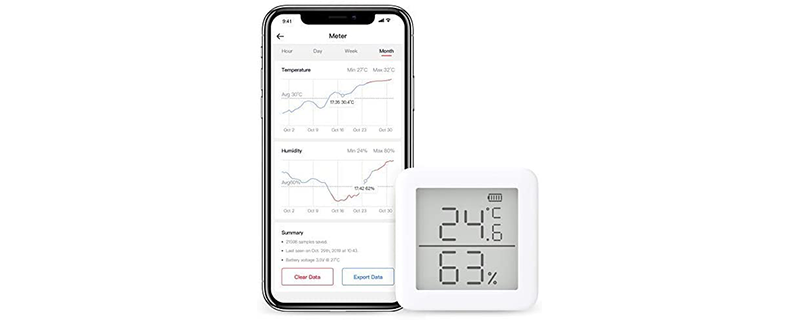
Easy to set up and install, the SwitchBot Thermometer comes equipped with a 3M magnetic sticker that enables quick installation anywhere you like. Featuring the latest Swiss-made sensor, this device automatically keeps a track of the surrounding environment while managing the humidity and temperature levels efficiently.
Designed to store up to 36 days of data, it comes with the switchBot Cloud which holds unlimited data that can be exported later. Great for use in greenhouses, bedrooms and baby nurseries, this device is compatible with Alexa, Google Home, Home Pod and more.
4. Temp Stick Wireless Remote Temperature & Humidity Sensor
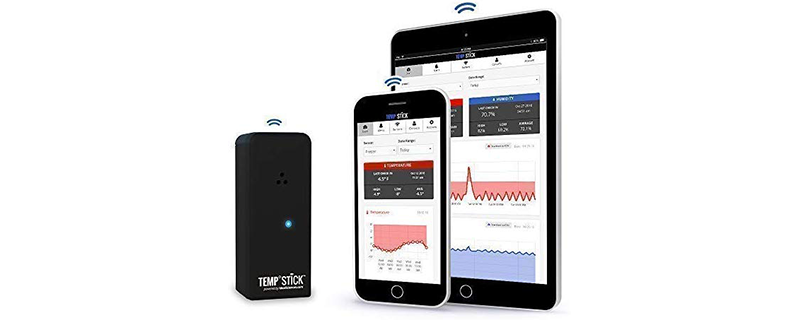
Designed to connect to any Wi-Fi router quickly and easily, the Temp Stick Wireless Remote Temperature & Humidity Sensor offers instant updates on the surrounding environment. Battery operated, this convenient device does not require any cables or gateways and is extremely easy to use.
Providing you with all the details you need via SMS alerts and emails, this device delivers hi and low-temperature measurements, humidity levels, low battery and whenever there is the loss of Wi-Fi connectivity. Engineered to monitor temperature and humidity levels in your home, your attic, garage, fridge or walk-in cooler, this device can be tracked remotely, from anywhere with the help of your mobile, PC or tablet.
3. La Crosse Technology TX29U-IT 915 MHz Wireless Temperature Sensor

The La Crosse Technology TX29U-IT 915 MHz Wireless Temperature Sensor is a high-quality remote gauge that is designed for monitoring indoor and outdoor temperatures. Featuring a 915MHz transmission power, it delivers consistent updates and is crafted with a transmission range of 330 feet.
Compatible including the WS-7013U-IT, WS-7014CH-IT, WS-7215TWC-IT, WS-9080U-IT, WS-9117U-IT, WS-9160U-IT, and many others, it measures approximately 5 inches by 1.5 inches and is powered by 2 AA batteries. Made from sturdy materials, it is easy to set up and comes with a product manual and a set of screws.
2. AcuRite 06002M Temperature Sensor

Constructed from robust, weather-resistant materials and components, the AcuRite 06002M Temperature Sensor measures indoor and outdoor temperatures and humidity levels efficiently. Engineered to deliver data every 16 seconds, it utilizes a powerful 433 MHz wireless transmission that ranges up to 100 meters.
Backed up by 2 AA batteries, it provides you with a – +/- 2 degrees temperature accuracy. Compatible with a variety of thermometers and weather stations from AcuRite, this device comes equipped with an inbuilt hanger that makes installation and storage easy.
1. SensorPush Wireless Thermometer
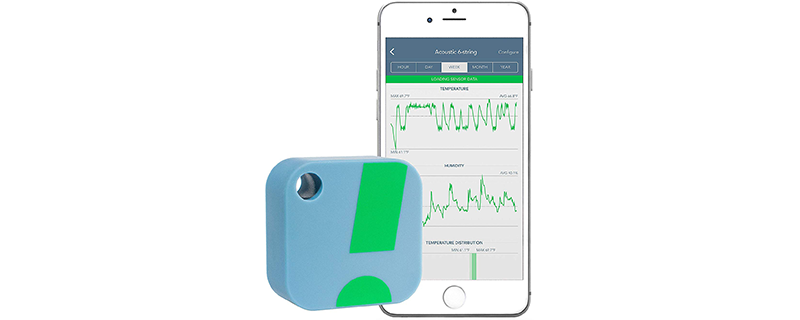
The SensorPush Wireless Thermometer is a powerful, durable, and efficient device that is both easy to use and install. Compatible with the free iOS and Android app, it requires a one-time installation that can be done by touching the sensor against the screen of your smart device.
Featuring a transmission range that goes up to 325 feet, the device keeps you up to date with accurate information at all times. Constructed with high-grade materials, it is stylish to look at and compact in size. Equipped with Swiss-made components, it delivers superior precision and accurate measurements. Thanks to its push notification feature, it transfers readings directly to your device and alerts you even if a problem occurs.
WiFi Temperature Sensor Buying Guide
Despite the fact that most WiFi temperature sensors are built to serve the same general purpose, some perform their duties much better than others. As is common with WiFi devices, some have a longer range and a broader compatibility spectrum, which are the exact characteristics you should be looking for when purchasing one for your household.
Regardless of your reasons for buying one, there are certain specifications you should be looking for when buying a temperature sensor, features we will take into account over the next few minutes in order to get a better grasp on what temperature sensors are all about.
1. Readings
Many are those who consider only the form and design of a temperature sensor prior to making a purchase, and that is an easy mistake to make considering how ingenious many of these sensors are built. Still, the main point of consideration should be the readings, mainly how accurate these readings are.
Decent temperature sensors will display the correct temperature from -40°C to 70°C within a ±0.4°C accuracy or similar depending on how good the sensors are.
2. Visibility
Another thing you want to consider with a WiFi temperature sensor is the line of sight and its overall visibility. Although many of these devices can be set to send the readings straight to your phone, they still incorporate a display to show the readings in real-time.
This is quite an important aspect to think about as it will save you an awful lot of trouble in the long run. Not just that but the display should also be visible from a wide angle for practical reasons.
3. Sensor Accuracy
You should also pay close attention to the sensor accuracy of these devices as it differs quite a lot from one model to another. It often happens that people have a certain temperature inside a room and a completely different temperature in the room right next to it.
This is also common for houses with multiple levels. As such, a decent sensor will not only register the temperature inside any given room but the surrounding temperature as well. All this, of course, depends on the sensor’s accuracy and the distance to which it can perform.
4. App Support
These days, you can expect many if not most such devices to come packing app support or any similar software. For the most part, these sensors operate software that will update their measurements straight to your smartphone or computer in real-time.
At the same time, these applications will also boast a multitude of other functionalities and stats that you can make use of. For instance, some of these apps enable you to receive alerts not only for changes in weather but humidity and outside weather conditions as well.
5. Instant Readings
Speaking of apps and real-time measurements, it should be said that decent temperature sensors can update their readings in no less than 2 minutes or so. These intervals can, of course, be changed depending on personal preference from their standard couple of minutes and up to 12 hours or so.
Interestingly enough, many of these sensors can hold data for periods as long as six to eight months in some cases, data that can be exported via CSV or XML files and be transferred to any device of the user’s choosing.
6. Graphical Representation
One thing to remember is that sensor manufacturers have been using real-time graphing to present sensor readings, graphs that present a crystal-clear representation of the readings for the user to see.
As you can imagine, there are multiple ways for the user to configure the way these sensors gather data and how they construct the graphs, which adds to the overall efficiency of the sensors and how they collect data.
Needless to say, these graphs are presented to the user as soon as they log onto the app and they can be customized any way the user sees fit.
7. Power Source
Interestingly enough, WiFi temperature sensors can run not only on batteries but via AC input as well. The reason why most of them operate on batteries, however, has a lot to do with their otherwise compact and diminutive form.
This isn’t a general rule for WiFi sensors, of course, but you will notice that most of these sensors are small and maneuverable. Their compact form doesn’t seem to affect their input power source requirements mind you, which is something to remember when looking for one to buy.
8. Calibration
Last but not least, look for sensors that you can calibrate any way you see fit, sensors that may or may not be a bit more expensive than the standard models.
A good way to calibrate them is to run them near a reliable thermometer in order to gauge their standards and limitation before you start relying on them for all your weather-reporting needs.
Furthermore, try to remember that these sensors require a dry-well to place the probe in and that you have to sometimes employ a temperature simulator for good measure.

